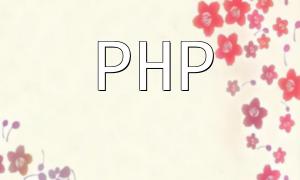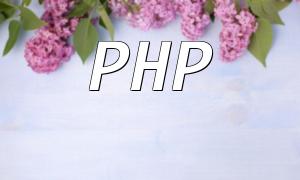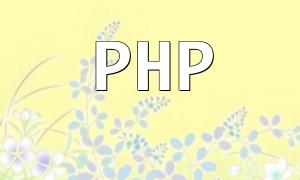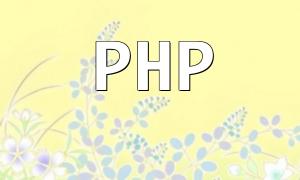In modern PHP frameworks, exception handling is an essential part. It not only improves code readability and maintainability but also helps to handle runtime errors effectively, ensuring the stability of the program. With proper exception handling mechanisms, developers can better diagnose and resolve common issues. This article will explore the best practices for using exception handling in PHP frameworks and how to address common problems.
Exception handling is a development technique used to capture and respond to errors or exceptional situations. In PHP, exceptions are handled using the `try`, `catch`, and `throw` keywords. When an exception occurs during execution, these keywords can be used to handle the error instead of letting the program crash directly.
Here is the basic syntax structure for PHP exception handling:
In most modern PHP frameworks like Laravel, Symfony, or CodeIgniter, exception handling is well-encapsulated and integrated. Developers can quickly implement exception handling using the mechanisms provided by these frameworks.
In Laravel, all unhandled exceptions are automatically caught and converted into HTTP responses. You can customize the error-handling logic in `app/Exceptions/Handler.php`. For example, the following code captures specific types of exceptions:
During development, you may encounter common issues like database connection failures, file not found errors, or permission issues. In these cases, exception handling can provide more user-friendly error messages.
When a database connection fails, you can use exception handling to capture the error and provide the user with a possible solution:
When dealing with file uploads or reading files, file not found is a common issue. Here is an example of handling file not found exceptions:
There are several best practices to follow when using exception handling to improve the maintainability and stability of your code.
After catching an exception, recording detailed error information will help developers quickly pinpoint the issue. In a production environment, avoid returning detailed exception information directly to the user. Instead, provide a user-friendly message while logging detailed error information in the backend.
In complex applications, you can create custom exception classes to better describe error types. Creating custom exception classes helps distinguish between different types of exceptions and apply different handling strategies.
Using exception handling in PHP frameworks not only improves code structure but also enhances the robustness of the application. By properly catching and handling exceptions, developers can quickly resolve common issues and provide a better user experience. Be sure to follow best practices to ensure the effectiveness and maintainability of exception handling.










